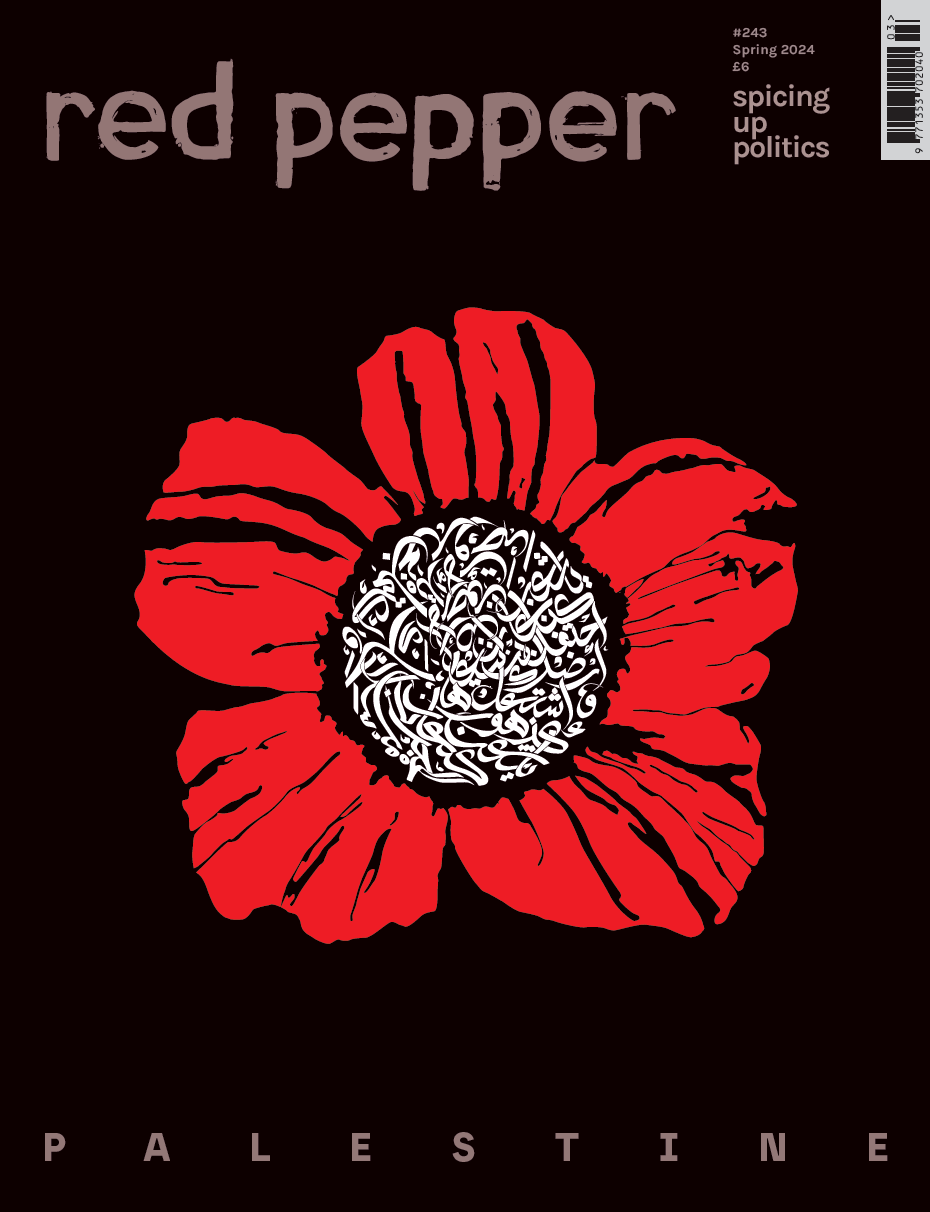In his 1894 pamphlet The Solidarity of Labour, legendary union leader Eugene V Debs defined his topic as the ‘highest good’ achievable by and for working people. ‘There is such a thing as human fellowship,’ he reflected, ‘and solidarity means fellowship, fraternity, mutual sympathy, interest in each other’s welfare.’
Solidarity is collective wellbeing through reciprocal empowerment. It is neither sympathy nor charity but a social relation in which we all contribute to a common good according to our own abilities. It is the vital substance from which social movements are built as each issue scales into an expansive vision of transformation and we recognise our intrinsic interconnectedness. If solidarity seems idealistic – as though conjured miraculously from empathy and altruism – its historical origins are the material realities of class struggle.
Political use of the term gained popularity in the mid-19th century, when the depredations of capitalist industry had become so legible as to inspire revolt. It spread throughout the social imagination precisely when the alienation of all working people – the forced separation from the material we need to sustain life – was being met with organised counterforce. From that moment, solidarity would be the form and fuel of a living socialism: not just an ideal but the principle of combination in conflict.
For political theorist Jodi Dean, solidarity is a process of defining and redefining group boundaries and commitments within a given situation. ‘Simply put,’ Dean explains, ‘solidarity can be modelled as an interaction involving at least three persons: I ask you to stand by me over and against a third.’ In other words, it means togetherness in struggle. It requires us to establish our intersecting material interests and identify our shared enemies by asking: how do we find common cause? And against what must our cause be pursued?
Solidarity is essential as long as we live our lives through interlocking systems of exploitation and domination. It inspires a politics that recognises common cause between factory workers in Shenzhen, indigenous peoples in Chile and a shop assistant in London. It asks us to think about women’s rights, prison abolition and ecological sustainability as related, inseparable phenomena.
Because solidarity means recognising oftentimes hidden connections between multiple, seemingly disparate struggles, it requires a multitude of diverse actions: boycotts and blockades here, strikes and protests there, care and generosity everywhere; perhaps even armed insurrection somewhere along the line. Likewise, it finds local realisation in mutual aid – whose adjective implies the unity of assistance and empowerment – and which sows the seeds for reimagining our society as a structure grown of cooperation.
As the popular slogan insists, ‘solidarity is a verb’: a doing word, signifying action. We do not just ’exist’ in solidarity for others. We cannot manifest solidarity by simply posting on social media. Rather, we build solidarity by acting with our comrades, familiar and unfamiliar, local and international. Thus, solidarity refers to the knitting together of different fronts and forces, different strategies and tactics, combining the material interests of many into collective action on behalf of all. To build solidarity is to act, and to act in solidarity is to act together.
Further reading
- Jodi Dean, Solidarity of Strangers (University of California Press)
- Dean Spade, Mutual Aid: Building Solidarity Through This Crisis (and the Next) (Verso)
- Leah Hunt-Hendrix & Astra Taylor, Solidarity: The Past, Present And Future of a World Changing Idea (Pantheon)










